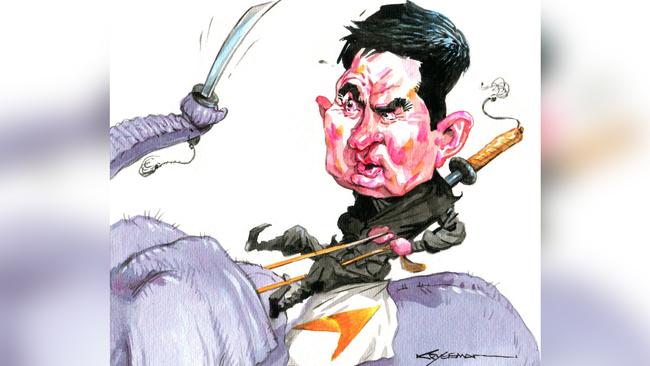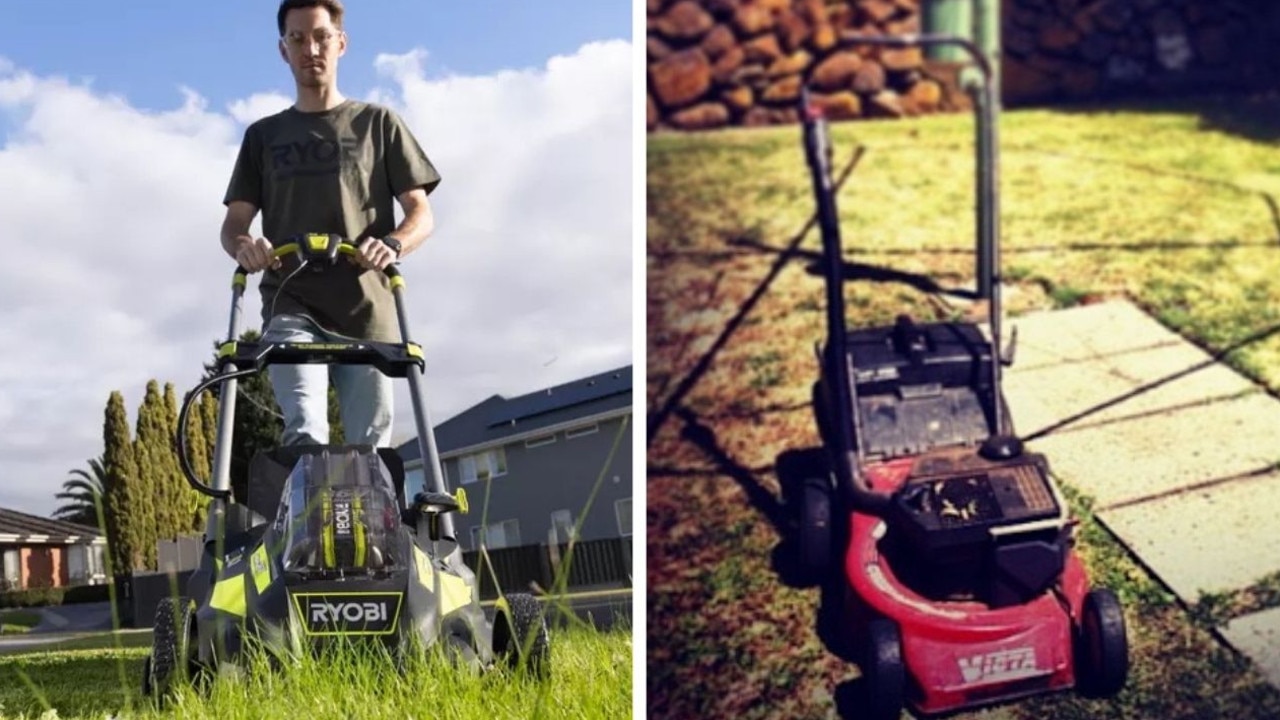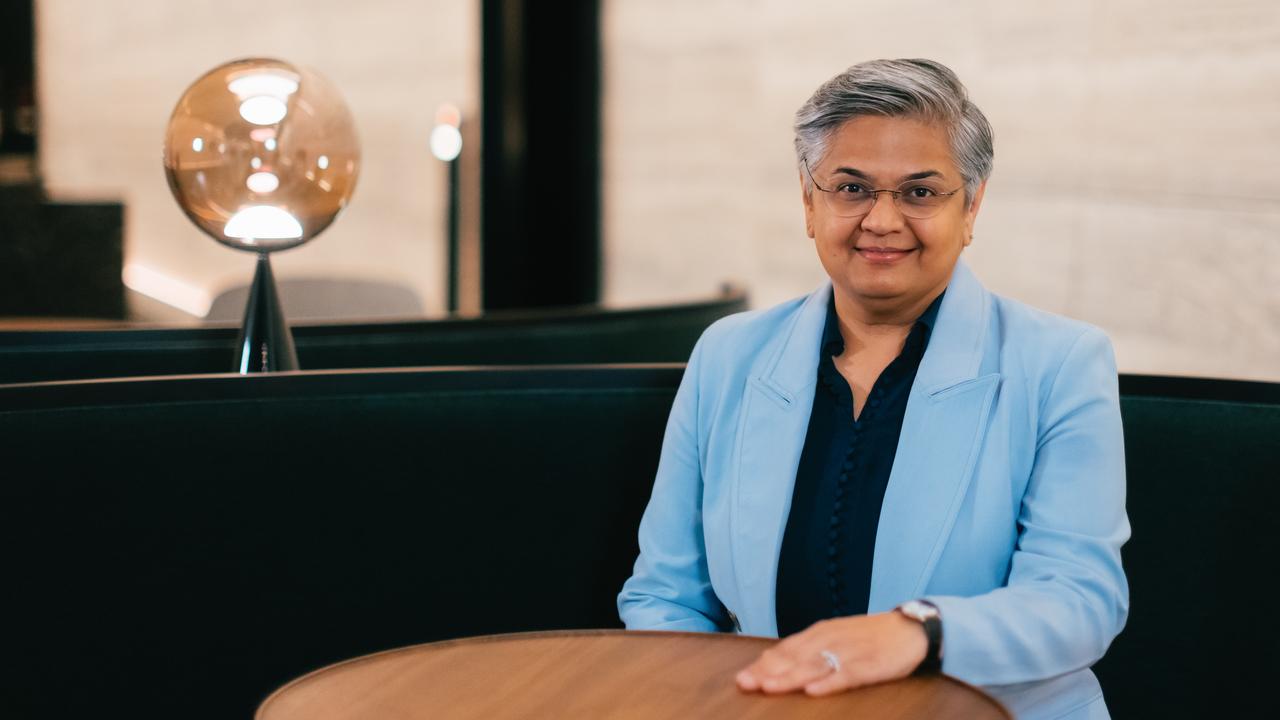
AustralianSuper equities boss Shaun Manuell will soon take a group from his team to visit Stanford University in California and a range of companies to establish how they can use AI to do their job better.
The study trip comes as international managers, like Ray Dalio at Bridgewater, are using AI to respond faster to investor questions.
It also comes at the end of an earnings season, which Manuell said has left the market looking fragile due to valuations being stretched without the earnings support. “There is also more a return to normality with the post-Covid stimulus period over and now is a time where better management shows itself,” he said.
Geopolitical issues aside, capital allocation is now centre stage for AustSuper which looks at companies’ potential from a discounted cashflow perspective.
Based on MST’s Hasan Tevfik’s figures, the market is trading at a price-earnings multiple of 17.5 times against an average of 14.5 times, which he said was due in part to the high quality of Australian companies.
But this earnings season, as Yarra Capital’s Dion Hershan noted, was very mixed, “uneven with few dominant themes much like the overall economy”.
Manuell said when he first started in the game in the mid 1990s, Microsoft’s excel spreadsheet revolutionised the way analysts looked at companies and he believed AI might have the same effect.
His team manages the biggest equities fund in Australia with $80bn under management, of which $76bn is managed internally by a team of 19 portfolio managers, two strategists, ESG specialists dealers and support staff. The fund is an elephant but he likes to say his dealers are like ninjas.
The son of a Cobden solicitor in Victoria’s western districts, he studied economics and law but soon realised law wasn’t for him and took up stockbroking with Cazenove in London. He then had a stint with JBWere (Goldman Sachs) in Australia followed by funds management at Equity Trustees.
He has been at AustSuper for 11 years – four years as head of Australian equities during which he has revolutionised the industry by managing more funds internally saving money but also taking control over investors’ funds.
The extraordinary thing about Manuel’s team is its outperformance, despite its size which makes it hard to beat the index. But over 10 years it ranks No.2 with 9.24 per cent returns, No.2 over five years at 9.01 per cent and fifth over 12 months at 12.7 per cent.
The team meets three times a week to talk through options in the market.
Given its size and a limit of fewer than 70 stocks at any one time means its holdings are both long term and big – with just under 5 per cent of CBA and BHP, substantial holdings in 18 companies including over 30 per cent of critical minerals companies Syrah and BCI, about 15 per cent of Orica and Origin, just under 10 per cent of ASX, Tabcorp and Ampol, and 12 per cent of Computershare.
Manuell’s team is the biggest single provider of capital to corporate Australia.
He has cut his overweight position in CBA but declines to say just where he stands on the register other than that he is underweight on two of the banks.
The company makes about five or six new investment calls each year and the portfolio has a low turnover of just 15 per cent.
Manuell rejects the tag that the only button he pushes says “buy” saying “you are not an investor if you don’t sell”.
He says long-term value creation is what he looks for – not dividends and capital returns – which he argues are more a function of good capital allocation.
The ASX 200 was down marginally for the month of August which was a creditable performance given it fell by 6 per cent from record highs early in the month but has recovered since to be up some 6.3 per cent year to date.
Figures from AMP Capital’s Shane Oliver show consensus earnings estimates have fallen from 4.5 per cent growth at the start of the season for 2024 and 5.4 per cent for the current year. These have fallen to 3.5 and 4.6 per cent respectively over the season.
Manuell and other big equity managers like John Pearce at Unisuper have no real concerns about the growth of passive funds, saying that long term from a market perspective they are fundamentally inefficient and that creates opening for active managers.
Hershan sees value in infrastructure stocks like Transurban, APA and Chorus, tech stocks like Carsales and energy stocks like Woodside, Origin and Worley.
As the largest provider of capital to Australian companies, Manuell normally gets his phone calls returned. Although earnings season is the peak meeting time with corporates, he has grown a little leery of the season, believing that PR has intruded too much into investor relations.
Out-of-cycle meetings sometimes have more value, and it’s quality rather than quantity of meetings that he looks for.
The long-term trends which will impact his calls include the housing supply, the cost-of-living crisis and, of course, AI.
Virgin take-off
If the talk is correct, the much rumoured Qatar Airways 20 per cent investment in Virgin Australia is due to be unveiled in the next two weeks – perhaps also with Virgin’s new chief executive.
To be fair, those who should know have been saying this for the last 12 weeks.
The release of this week’s Aviation White Paper came on the back of the federal government’s impeccable tradition of committing to consult on the best way to get sustainable aviation fuel (SAF) used by the airlines.
Decisions, it seems, come later – much later.
The paper noted “consultations have confirmed that SAF is currently the only mature mechanism capable of offering meaningful reductions in airline emissions and is the most viable pathway for aviation to meet its emissions reduction obligations out to 2050”.
“Therefore, in the short to medium term, the Australian government is focusing its action on measures to support the supply of SAF, including considering support options aimed at establishing a domestic production industry,” it says.
“The Australian government is also considering putting in place measures to encourage demand.
“This industry will use Australian inputs from farm to bowser, with Australian workers processing Australian feedstock into SAF to decarbonise Australia’s domestic aviation sector.”
On paper it’s all system go for BP/Cargill/Nufarm in Kwinana and for Ampol at Lytton, but we just need government decisions to either directly support production or mandates on SAF levels – which the airlines don’t want.
They say this means higher airfares (or lower profits), which is true, but the question is what sort of commitment is there to carbon reduction and how else to meet global obligations with the US and Europe committed.
New broom
ASX chair Damian Roche is committed to stepping aside this term to let a new broom sweep up the mess, but he is telling investors no one who has so far been asked, wants the job.
That is a common refrain from the director class, but the ASX has some clear issues in terms of its technological snafus and increasing question marks over its long-term future.
The then Labor government in 2010 missed a big opportunity when it knocked back Singapore’s bid for the ASX; and right now the ASX sits at No 16 on the global exchange list with $2.7 trillion in combined value against $46.6 trillion for the NYSE and $42.8 trillion for Nasdaq.
The latter two work with an independent clearing house which is something the ASX, with ASIC’s support, opposes.
The lack of competition locally may be overwhelmed in the long term by international capital flows. This is an issue for the new chair. Former APRA boss Wayne Byers is an ideal short-term person for the regulator fence mending needed but it’s the longer-term progress which worries some shareholders.



